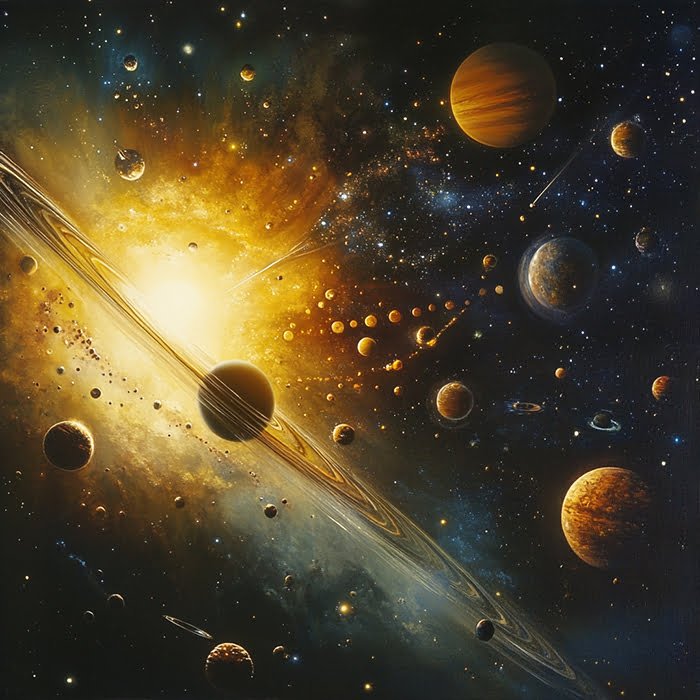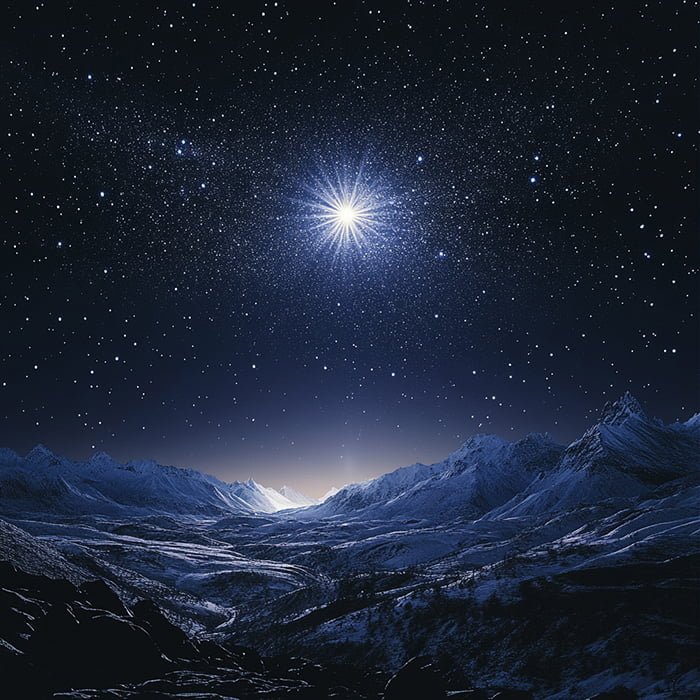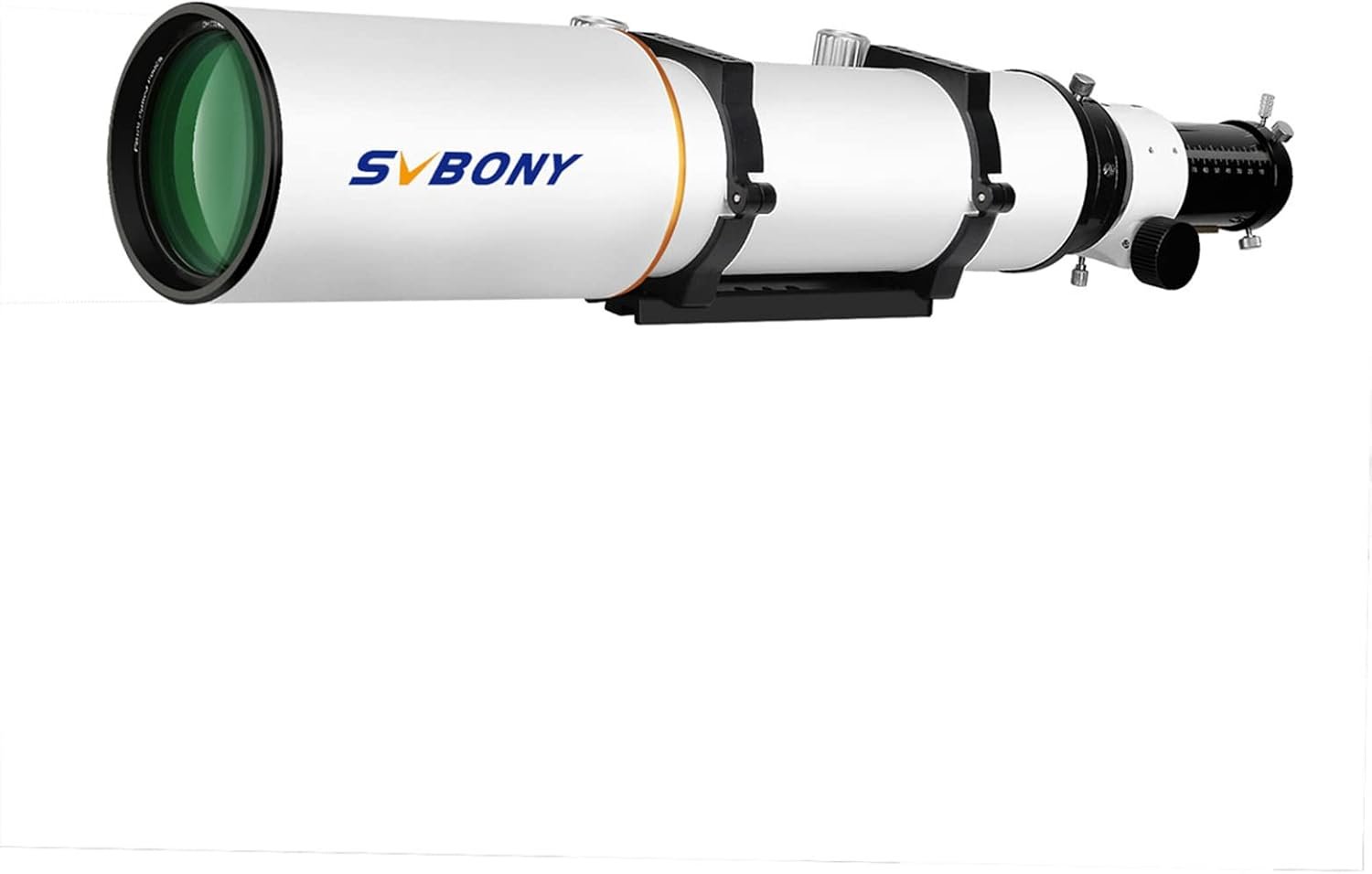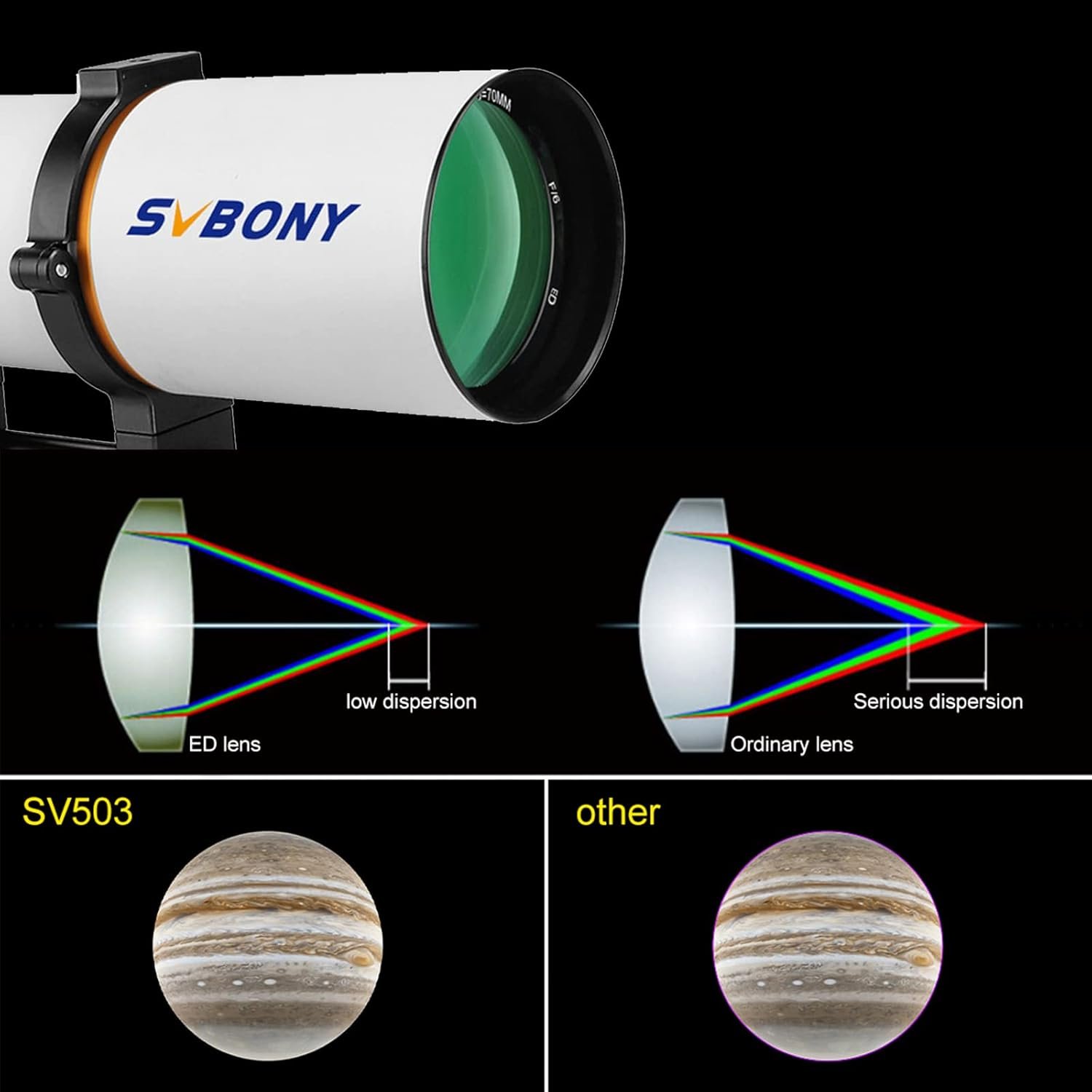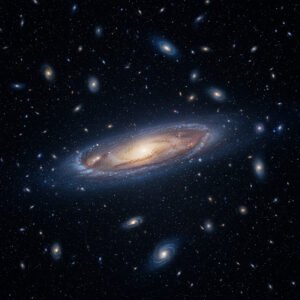Our solar system, from the sun to the Kuiper Belt, is a cosmic dance of celestial bodies. Discover its history, planets, asteroids, comets, and cutting-edge research.
Our solar system is a captivating realm, a cosmic dance of celestial bodies that have captured the imagination of humanity for millennia. From the fiery depths of the sun to the icy expanse of the Kuiper Belt, this intricate system holds the key to understanding the very foundations of our existence. In this comprehensive guide, we will explore the wonders of our solar system, delving into its fascinating history, diverse inhabitants, and the cutting-edge research that continues to shed light on this enigmatic domain.
The Birth of a Solar System
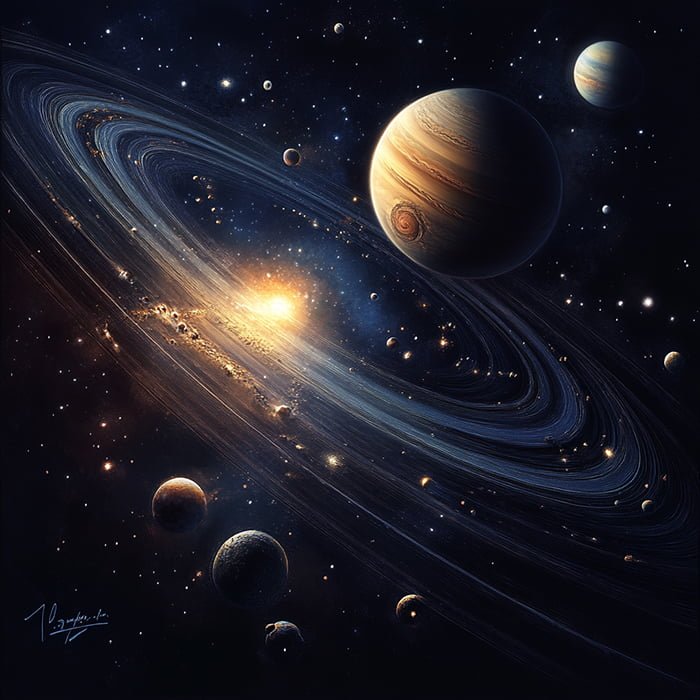
The story of our solar system begins with a cosmic event that occurred approximately 4.5 billion years ago. A vast cloud of interstellar gas and dust, known as the solar nebula, collapsed under its own gravity, giving rise to a swirling disc of material. Through a process of accretion, this disc gradually coalesced, forming the sun at its center and the various planets and other celestial bodies that now make up our solar system.
The Terrestrial Planets: Stepping Stones of the Inner Solar System
At the heart of our solar system lie the four terrestrial planets: Mercury, Venus, Earth, and Mars. These worlds, primarily composed of rocky material, are the closest to the sun and the smallest of the planets. Despite their similarities, each terrestrial planet possesses its own unique characteristics and story to tell.
Mercury, the smallest and closest to the sun, is a barren world with a scarred surface and a remarkably short orbital period of just three Earth months. Venus, often referred to as Earth’s “twin,” is a hellish landscape of towering volcanoes and a suffocating atmosphere of carbon dioxide, which traps heat and creates a surface temperature hotter than Mercury.
Earth, our home planet, is a true oasis in the vast expanse of the solar system. Its water-rich environment and delicate balance of atmospheric gases have created the only known environment capable of sustaining life as we know it. Mars, the “Red Planet,” may have once harbored a watery surface and a moist atmosphere, hinting at the possibility of past life.
The Jovian Planets: Giants of the Outer Solar System
Beyond the terrestrial planets lies the realm of the Jovian planets, the gas giants of the outer solar system. This diverse group includes Jupiter, Saturn, Uranus, and Neptune, each with its own unique characteristics and captivating features.
Jupiter, the largest planet in our solar system, is a colossal world of swirling storms and powerful magnetic fields. Its famous Great Red Spot, a massive, long-lived storm, is just one of the many awe-inspiring phenomena that grace this Jovian giant. Saturn, the second-largest planet, is renowned for its stunning ring system, which is wide enough to fit the Earth’s moon but barely a kilometer thick.
Uranus and Neptune, the ice giants, are distinguished by their distinctive blue-green hues and the presence of icy compounds in their atmospheres. Uranus is famous for its unusual tilt, which causes it to rotate on its side, while Neptune boasts the fastest winds in the solar system.
The Celestial Menagerie: Asteroids, Comets, and Dwarf Planets
Orbiting the sun and the planets are a diverse array of celestial objects, each with its own unique story to tell. The asteroid belt, a flat disc of rocky debris, is a remnant of the solar system’s formation, containing everything from microscopic dust particles to the dwarf planet Ceres, the largest object in the belt.
Beyond the asteroid belt lies the Kuiper Belt, a vast region of icy objects and dwarf planets, including the iconic Pluto. This region is also the birthplace of many comets—those enigmatic icy visitors that grace our skies with their spectacular tails.
Venture to the Edge: The Oort Cloud and the Limits of the Solar System
At the outermost edge of our solar system lies the Oort Cloud, a vast spherical collection of icy debris that is considered the boundary of our celestial domain. This mysterious region, where the sun’s gravitational influence fades, is the source of many long-period comets that venture into the inner solar system.
A Cosmic Tapestry of Wonder and Discovery
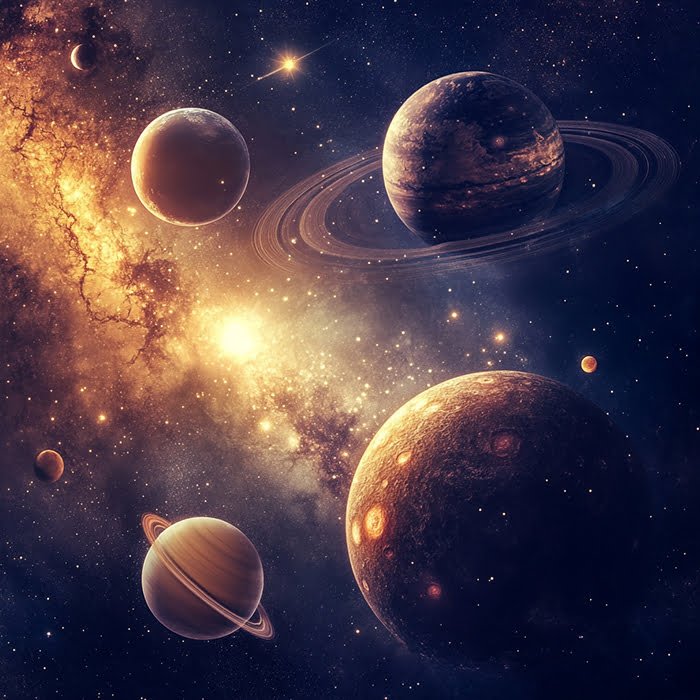
Our solar system is a tapestry of wonder—a testament to the incredible complexity and beauty of the universe. As we continue to unravel its mysteries, the insights we gain will not only deepen our understanding of our cosmic home but also shed light on the very origins of life itself. Join us as we explore the captivating world of the solar system, and let its marvels inspire you to reach for the stars.

